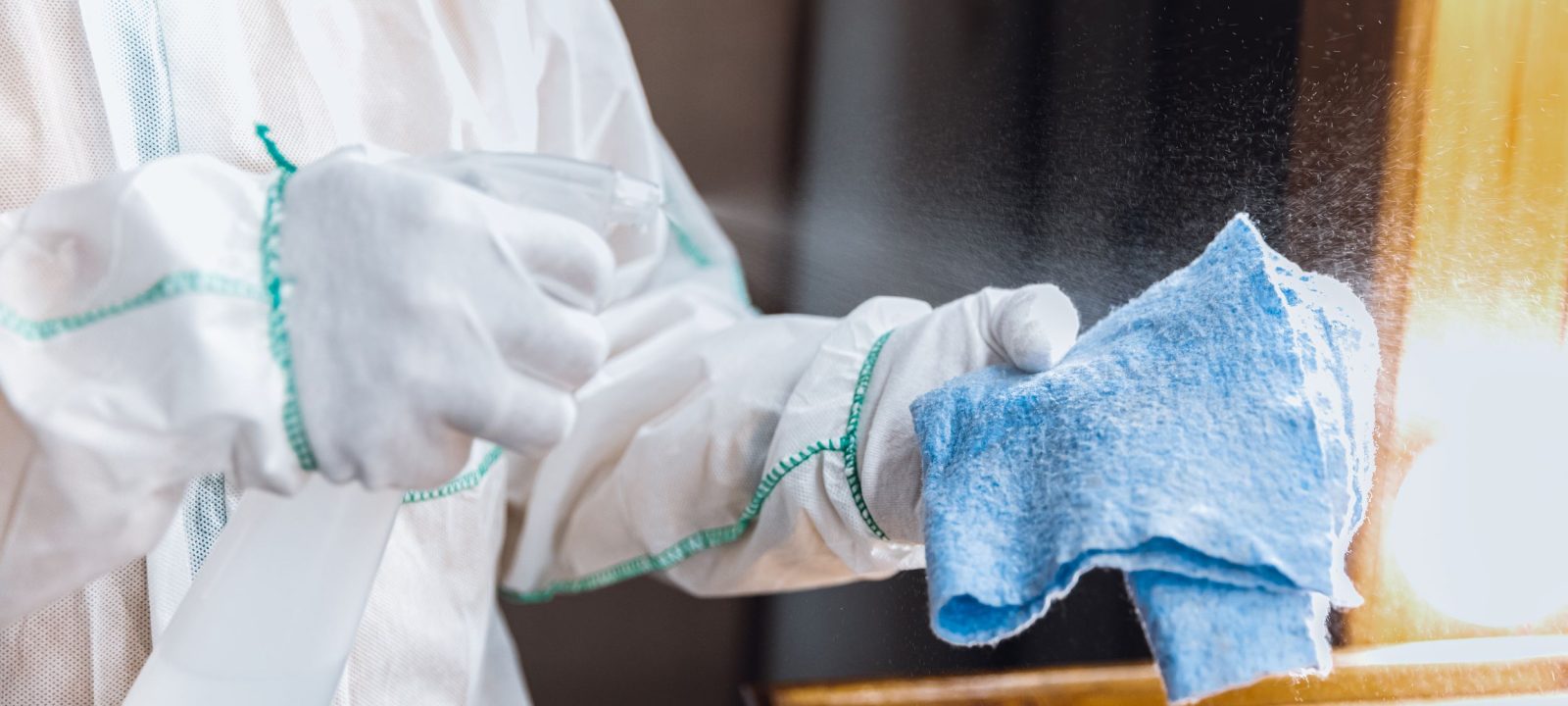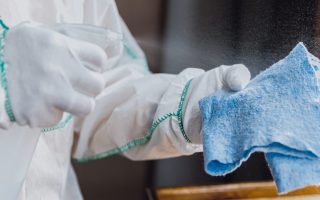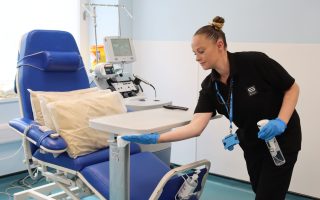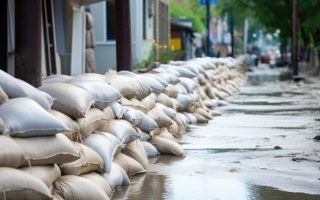As a procurement manager, you know just how vital an effective cleaning program is for your organisation’s success. But how can you ensure your contract cleaning crews are actually doing their job well?
The answer lies in cleaning performance metrics. By setting and tracking key quantified metrics, you gain valuable insight into your commercial cleaning services performance. You can pinpoint opportunities for improvement, justify budgets, and verify service delivery.
In this post, we will draw upon our 35+ years of experience as a globally respected cleaning industry advisor, including providing public sector cleaning services, to explore cleaning performance metrics in depth. You’ll learn:
– The most crucial metrics to measure cleaning effectiveness
– Best practices for monitoring metrics
– How to use metrics data to enhance cleaning and cost-efficiencies
Selecting the Optimal Cleaning Metrics to Track
When overseeing a cleaning program, you need the right performance data to verify service delivery, identify issues, and optimise operations. However, not all metrics provide equal value. The cleaning key performance indicators (KPIs) you track must offer clear, quantifiable, and actionable insights. As a busy procurement manager with many responsibilities, you want to focus your attention on metrics that align with your core goals around cost, quality, productivity, and effectiveness. We recommend incorporating a balanced set of the following cleaning metrics into your program:
- Square footage cleaned per labour hour – This productivity metric shows exactly how much area your cleaning operatives can cover during their daily shifts. By tracking over time and across locations, you gain visibility into cleaning route efficiency. If productivity drops at a site, it likely indicates an issue like insufficient staffing, equipment failures, or poor schedules. Target productivity should be at least 1,500 square feet per labour hour in typical office environments – but may be slightly higher when it comes to clinical cleaning services or warehouse cleaning, for example.
- Customer satisfaction scores – Survey facility managers, employees, and other end-users on a quarterly basis to quantify their perspective on cleaning quality. This identifies weak spots that may be overlooked by audits. It also demonstrates that you value stakeholder feedback. Goal should be a minimum satisfaction score of 9 out of 10 from all groups.
- ATP testing results – ATP (adenosine triphosphate) meters detect residual organic matter to measure how effectively surfaces have been disinfected by disinfection services. Conduct random ATP tests monthly. Failures pinpoint high-touch areas that require more attention. Passing results verify cleaning protocols are working.
- Inventory/supply costs – Closely monitor expenditures on cleaning supplies like paper products, chemicals, bin liners, etc. This allows you to spot waste, enforce par levels, identify vendor options, and optimise budgets. Analyse cost per square foot for supplies monthly and watch for spikes.
Paying close attention to this combination of quantifiable productivity, cost, quality, and effectiveness metrics provides balanced insight into the real-world performance of your corporate cleaning services program. Want help implementing processes to track these cleaning KPIs? Reach out to us and we would be happy to advise you based on decades of industry experience.
Implementing Effective Processes to Track Cleaning Metrics
Now that we’ve covered the top cleaning metrics to incorporate, let’s discuss best practices for monitoring them on an ongoing basis. To extract maximum value from your cleaning KPI program, you need consistent data collection, clear goals, responsive reporting, and consistent review.
Here are tips to implement effective tracking processes:
- Define metric owners – Assign data collection duties for each KPI to facility managers or cleaning supervisors. Provide templates for capturing figures each month.
- Set quantifiable goals – Determine target metrics based on benchmarks.
- Automate with software – Use cleaning management information systems to automatically compile data in dashboards for real-time visibility.
- Review weekly – Don’t wait until month-end. Address underperformance early before problems worsen.
- Provide feedback – Share metric reports with cleaning crews. Recognize high performers. Offer additional training where required.
Consistent, technology-enabled tracking processes allow you to gain actionable insights from your cleaning data.
The Results of Implementing Effective Cleaning Metrics Tracking
When fully implemented, performance metrics transform cleaning management in impactful ways:
- Enhanced transparency and accountability – With quantifiable metrics tied to individual sites and crews, ambiguities about cleaning quality are eliminated. Everyone understands exact expectations, particularly important when it comes to medical cleaning.
- Performance improvements – As problem areas are identified through metrics, supervisors can quickly retrain staff, adjust schedules, or address equipment issues. Output typically increases 15-20%.
- Informed budget planning – With benchmarking data on metrics, you can justify and optimise cleaning program budgets year over year.
- Higher customer satisfaction – Cleaning teams stay focused on site user priorities, as reflected in ratings. Customer retention improves up to 30% in many cases.
- Data-driven management – Decision making shifts from instincts to insights based on cleaning metrics analytics. You operate reactively rather than merely guessing.
In summary, a robust cleaning KPI program pays dividends through performance improvements, cost management, and customer retention. It provides the visibility procurement managers need to operate strategically.
Measure Cleaning Performance for Better Results
In today’s competitive environment, procurement managers need complete visibility into industrial cleaning services performance. Implementing a cleaning key performance indicator (KPI) program provides the measurable insights required to verify service delivery, boost accountability, identify cost savings, and strengthen end-user satisfaction.
By tracking metrics like cost per square foot, labour hour productivity, customer ratings, ATP testing, and inventory usage, you gain balanced insights into your cleaning program’s effectiveness and efficiency. Establishing processes for consistent data gathering, setting goals, and reviewing frequently allows you to act on cleaning metrics insights.
The outcome is an optimised cleaning program aligned with your core priorities around budget, quality, and customer retention.










